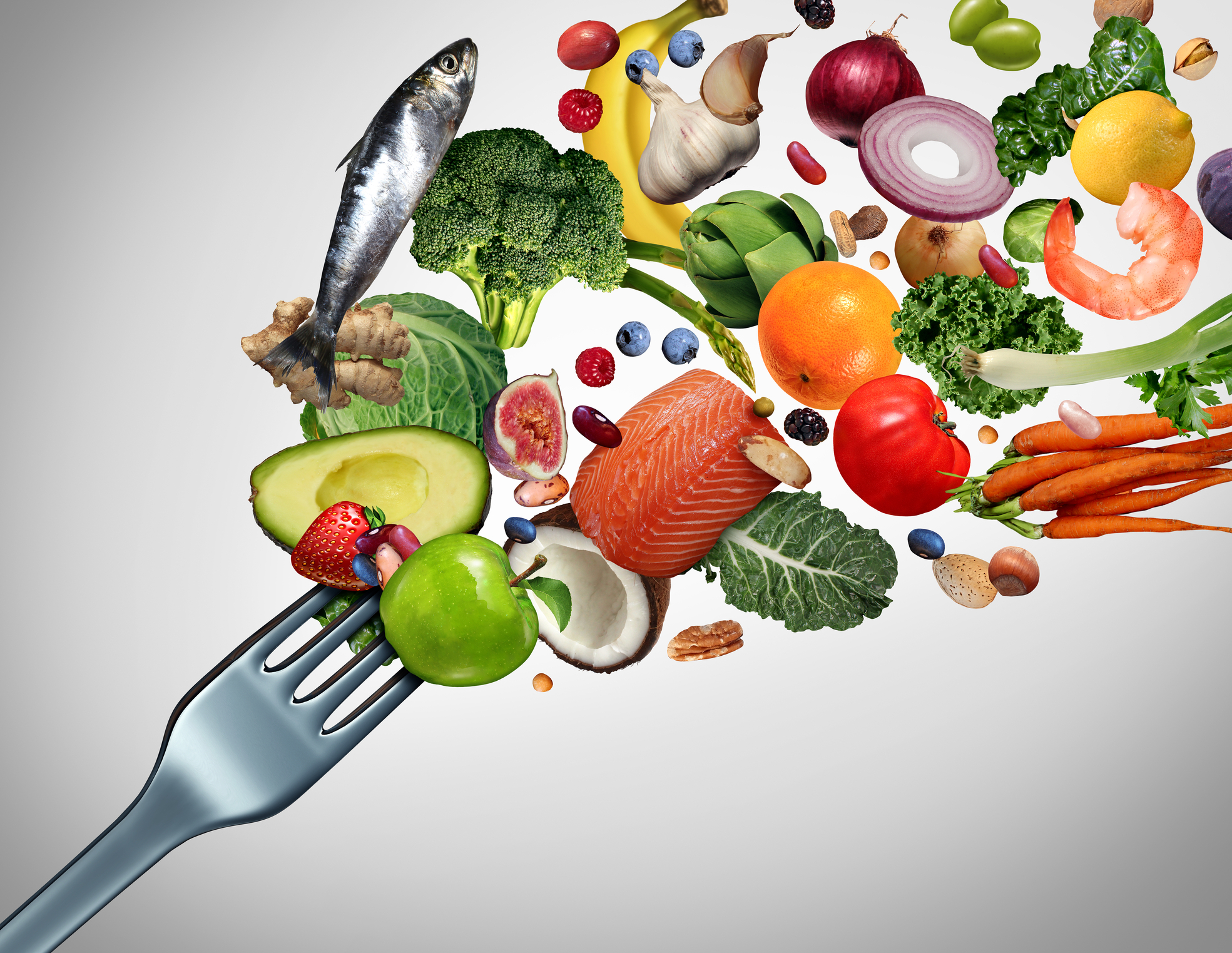The pharmacotherapeutic agents known as glucagon-like peptide receptor agonists (GLP-1RAs or GLP-1s) have been in clinical use for about 20 years, but they’ve experienced a surge in popularity recently with the advent of newer formulations for weight management.
Commonly known by brand names such as Ozempic, Wegovy, Trulicity, Rybelsus, and Bydureon, these GLP-1 receptor agonists are prescribed primarily to help manage Type 2 diabetes and obesity. Research shows that GLP-1s can also improve blood pressure, cholesterol levels, and fatty liver disease, while reducing the risks of heart and kidney disease.
Some newer GLP-1 versions are designed specifically for weight loss. They work by mimicking a natural hormone made in your gut after you eat, which helps control blood sugar and makes you feel full sooner. They also interact with parts of the brain that regulate appetite and cravings.
Healthy Choices Can Help
If you’re taking a GLP-1 medication for weight loss and to improve metabolic health, it’s important to be aware of how these drugs can affect the quality and adequacy of macronutrient and micronutrient intake.
Those on GLP-1 medications have slower digestion, so they feel fuller for longer—even after consuming small portions. If a heavy or large meal is consumed, feelings of discomfort may occur, as can changes in appetite, taste, and digestion. For some on GLP-1s, food cravings no longer exist, and eating small portions is enough to feel satiated.
Some people experience constipation and nausea on these medications. Others report indigestion, diarrhea, vomiting, and delayed gastric emptying. These side effects can affect the variety of food consumed as well as the nutrients absorbed.
How to Eat for Fewer Side Effects on GLP-1s
- Try eating a morning meal to help prevent an upset stomach. Include simple carbohydrates like toast or crackers.
- If constipation is an issue, stay hydrated and include fiber with meals.
- Don’t skip meals, even if the thought of eating is unappealing. Try food with more neutral flavors like a simple soup or a turkey sandwich. A protein smoothie is another good option.
- If you find yourself experiencing an aversion towards meat consumption, which can be common on GLP-1s, try other protein-rich sources such as beans, tofu, eggs, or dairy.
- Enjoy smaller-sized nutritious meals.
- Be aware that fatty foods may cause nausea.
- Drink enough water to stay properly hydrated.
Food Choices on GLP-1 Medications
These guidelines will help maintain muscle mass, nutrient intake, and digestive comfort.
- Lean protein: about 30 grams (roughly 4-5 ounces of chicken, fish, tofu, eggs, or Greek yogurt)
- Vegetables and fruits: at least 1 cup total, focusing on colorful, high-fiber options
- Smart carbohydrates: 1⁄2 to 1 cup of whole grains, beans, or starchy vegetables (like sweet potatoes)
- Healthy fats: small amounts for flavor and satiety, such as 1 teaspoon of butter or oil or a sprinkle of cheese or nuts.
Protect Your Muscle While on GLP-1s
When taking GLP-1 medications, try not to fixate on restriction or eating perfectly. Make sure your choices keep you feeling full and energized.
You may want to consider dietary counseling by trained nutrition specialists to identify, correct, and manage nutritional issues.
It’s important to note that recent studies show up to 20 to 50 percent of the weight loss on GLP-1 medications can come from lean body mass, including muscle. Eating enough protein and doing regular strength or resistance exercises can help preserve muscle and keep your metabolism strong.
Top Supplements for People on GLP-1s
Since one’s appetite becomes suppressed on GLP-1 medications, getting enough nutrients is important to maintain muscles, energy, and a healthy gut.
In a large observational analysis of over 461,000 adults newly starting GLP-1 medications with no prior nutritional issues, about 22 percent developed nutritional deficiencies within one year. Vitamin D was the most common nutritional deficiency.
Researchers suggest monitoring for nutritional risks, including vitamin B12 deficiency when on GLP-1 medications. Reductions in levels of iron have also been reported. Future research is required to provide clear guidelines on monitoring and managing nutritional support for patients, but in the meantime, nutritional supplementation may help.
To help fill potential nutrient gaps from smaller meals, look for products scientifically formulated to support adults on GLP-1 medications. Available as sugar-free gummies, liquid drops, or capsules, many include vitamins B12 and D3, as well as minerals like calcium and magnesium to help support heart, nerve, bone, and tooth health.
If your diet is low in protein, a multivitamin that includes vitamin B12—and iron, if recommended by your healthcare practitioner—can help fill potential nutrient gaps. Because constipation can be a side effect of GLP-1 drugs, consider supplementing with fiber such as psyllium. Staying hydrated is important when you increase fiber intake.




